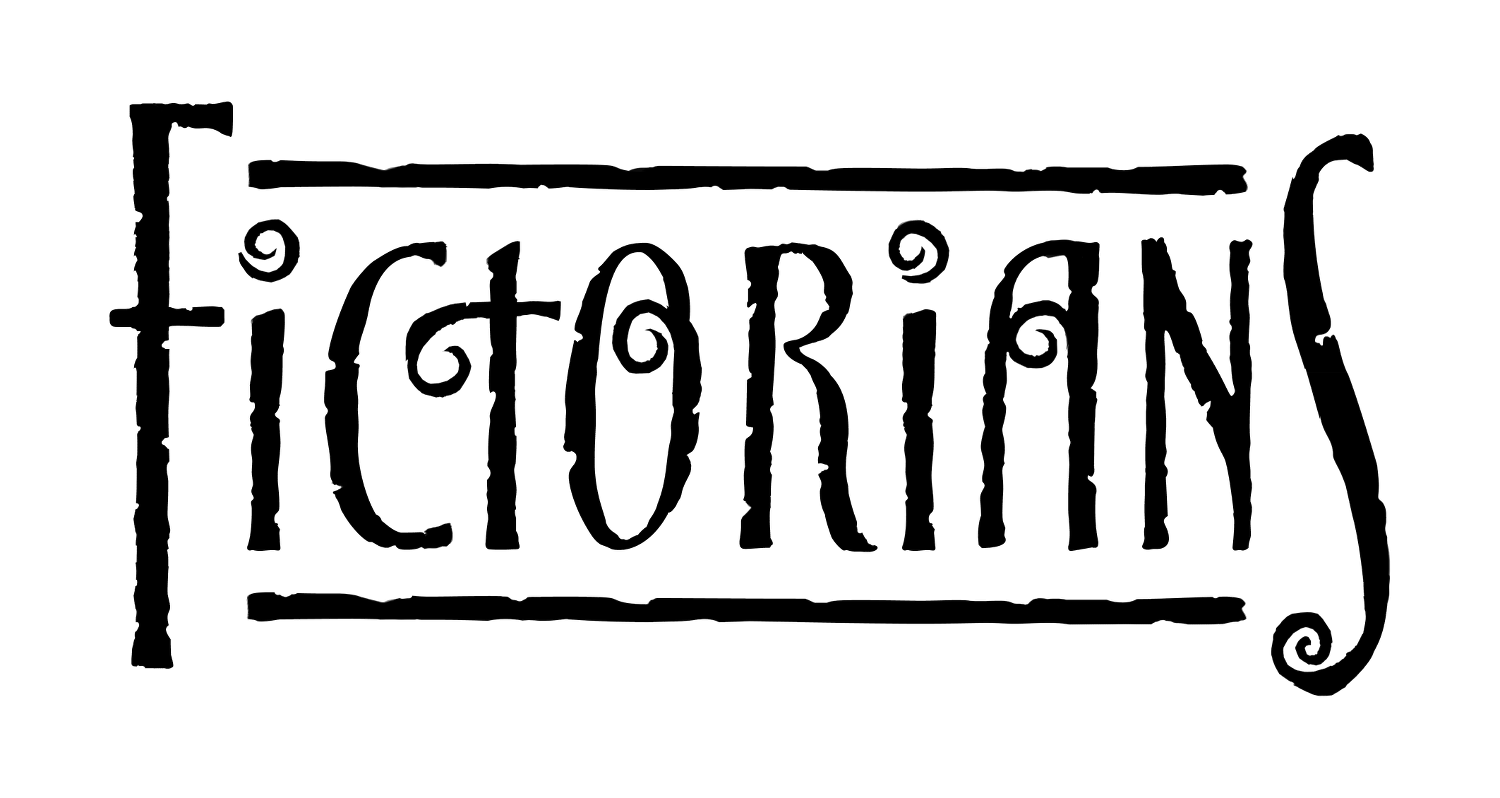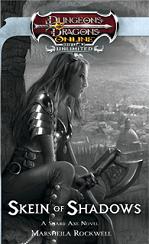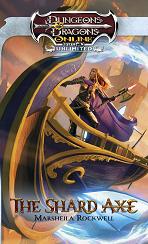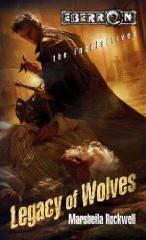You’ve heard it before. One of the wisest experts on craft first said it to me two years ago…
“There’s no such thing as writer’s block.”
He’s right. There’s not. It’s a little thing called life block. You know what it is, we’ve all been there. It’s that day where you wake up and you just don’t want to go to work. The alarm clock mocks you with modulated laughter, you glance toward your phone and groan.
And call in sick.
Sure, you feel fine. Your eyes aren’t watering, you’re not hacking up a lung or bleeding profusely. You’ve been running about a hundred miles an hour 24/7 for the past six months, your boss is overbearing, the bills are piling up…and you’re just… There.
Everyone has off days, it’s human nature, mood swings, and everything in between.
But it’s how you deal with those off days that really bears importance.
I’ve had one giant life block probably for the past four months. And I haven’t been dealing very well.
If you take an unscheduled vacation at work there’s a good chance that your boss is going to come calling. Or wondering why you’ve been sick for the past four months. What do you do when you’re your own boss though? Do you yell at yourself? Do you fire yourself?
You just might have to.
There was a time when I was as serious about my craft as my career. They were supposed to eventually become one and the same. I would write for hours on end and spent every off day locked in my office happily chugging along. NaNoWrImO wasn’t a challenge anymore and I enjoyed every moment of overwhelming productivity. I was happy at work, making decent money and living two dreams. I felt like a rock star.
Then the market crashed. And misery loves company, so I watched as one-by-one everything tumbled over and out of control. My employer had to tighten its belt, people were freaking and a happy productive place transformed overnight into a roiling swamp of discontent. When I wasn’t miserable at work, I was spending my off days being miserable about going back to work. Every time I sat down to try and find a spark of creativity, I couldn’t get the fire started. My off days just turned into a countdown of time I have until I get to go back to reality.
It was bad. I had spent so much time thinking at work and then thinking about work on my off days that I just shriveled up. I found solace in mindless television and video games. I forgot what books were, I forgot what everything I used to enjoy was.
And then it clicked. Literally, just last night. Turns out I figured personal time was a luxury that I just couldn’t afford anymore. So just like a bad habit, I quit.
But that’s the wrong way to think. Don’t ever forget who you are or what makes you happy. If you take pleasure in the craft, then don’t think guiltily of it. Be proud. There’s dozens of other bad habits out there and addictions that are ten times worse.
If life blocks you, don’t give up like I did. Take the next shot. And the next. Hell, take the one after that too. Who cares if you shoot .00010% or you’ve got the lowest batting average on your team. Because in the end, every shot you don’t take is another shot that you missed.
I exist in a world where every shot counts. Don’t do what Dave did.
Take your shot.




